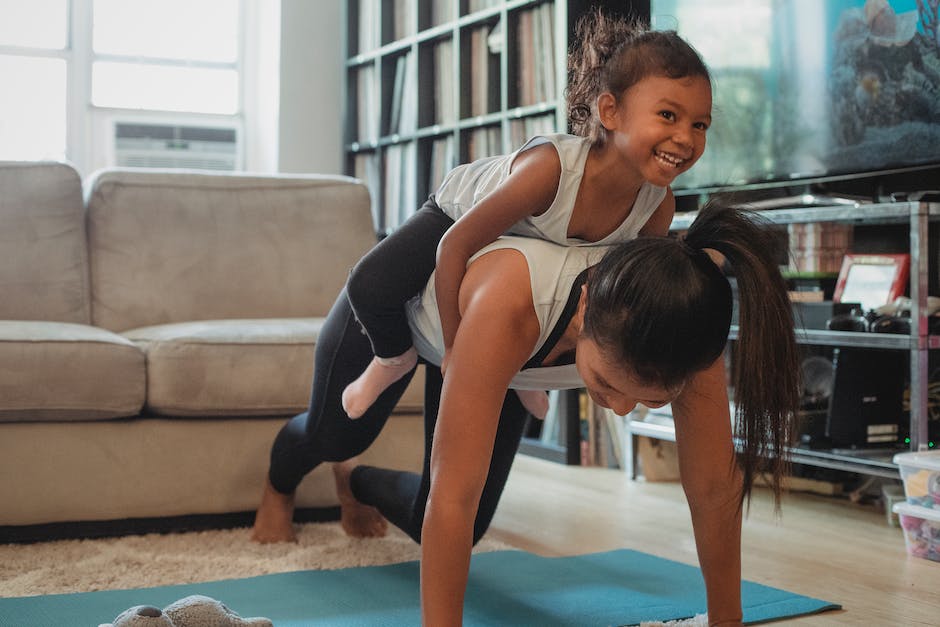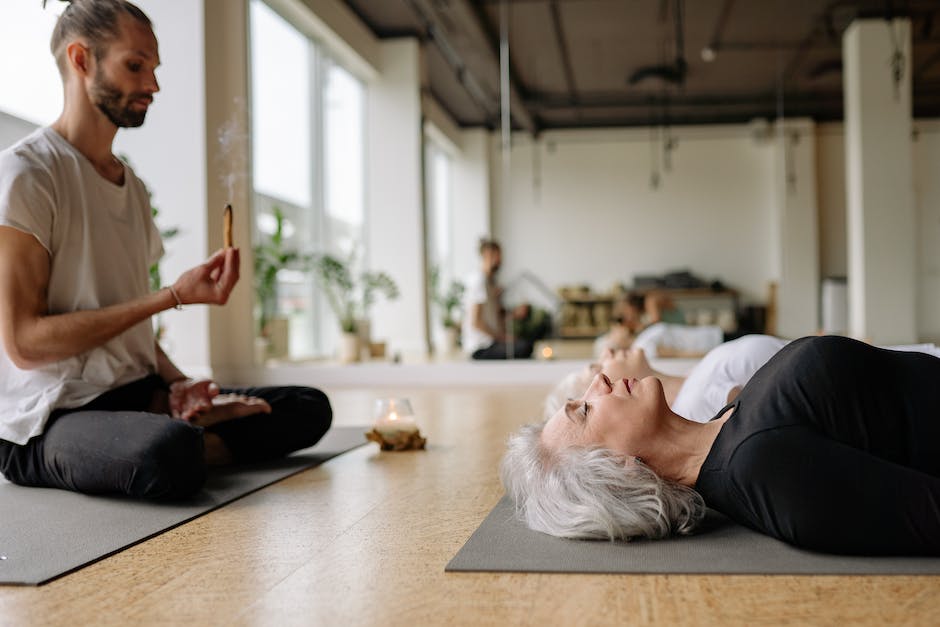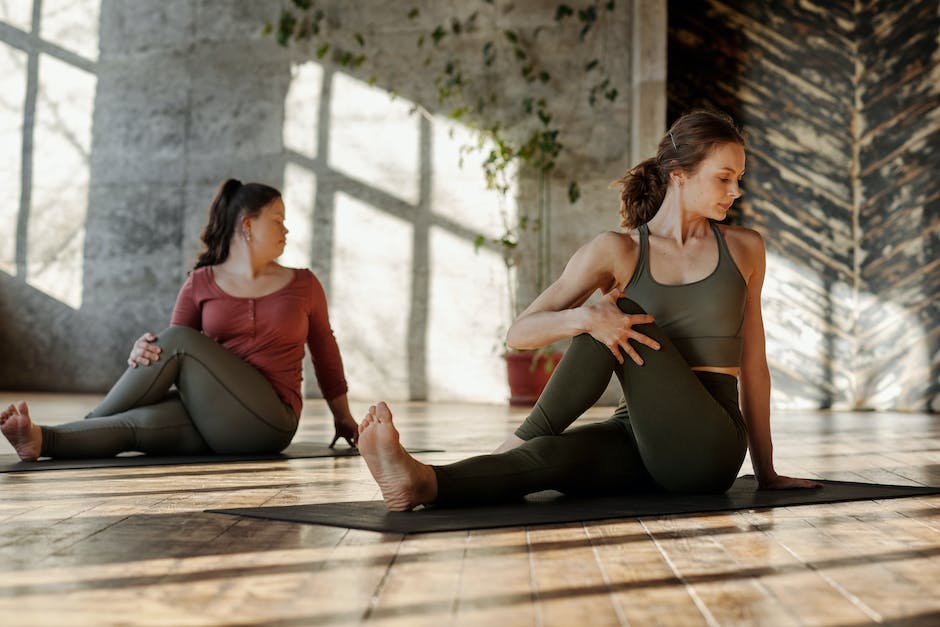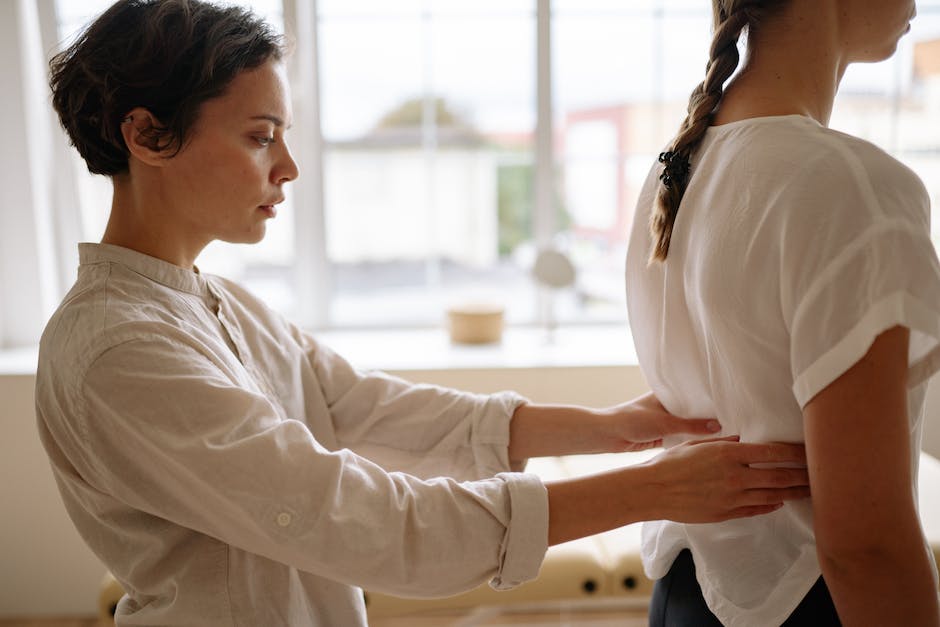
New Moms Learning Yoga For Recovery
Congratulations on your new arrival! Becoming a parent is an incredible and rewarding experience, but it can also take a toll on your body. Yoga can be a great way to help you recover from the physical demands of pregnancy and childbirth, as well as manage the stress and fatigue that often come with being a new parent.
Here are a few yoga poses that can be particularly helpful for new mothers:
Child's pose: This pose helps stretch and relax the back muscles, which can become strained from carrying and caring for a newborn. To do child's pose, start on all fours with your knees hip-width apart. Exhale and sink your hips back towards your heels, reaching your arms out in front of you. Hold the pose for a few breaths, focusing on relaxing your shoulders and chest.
Downward-facing dog: This pose helps stretch the entire back of the body, as well as the shoulders, calves, and hamstrings. To do downward-facing dog, start on all fours and tuck your toes under. Exhale and lift your hips up and back, forming an inverted V shape with your body. Keep your feet hip-width apart and your hands shoulder-width apart. Hold the pose for a few breaths, focusing on lengthening your spine and relaxing your head and neck.
Supported bridge pose: This pose helps stretch the front of the body, as well as the chest and hips. It can also help alleviate back pain and improve digestion. To do supported bridge pose, lie on your back with your knees bent and feet flat on the ground. Lift your hips up and place a block or rolled-up blanket under your sacrum (the triangular-shaped bone at the base of your spine). Hold the pose for a few breaths, focusing on relaxing your chest and shoulders.
Supine pigeon pose: This pose helps stretch the hips, which can become tight from sitting and carrying a newborn. To do supine pigeon pose, start by lying on your back with your knees bent and feet flat on the ground. Bring your right ankle to your left thigh, just above the knee. Gently press down on your right thigh to deepen the stretch. Hold the pose for a few breaths, then switch sides.
Corpse pose: This pose may not seem like much, but it is an important part of any yoga practice. It helps you relax and let go of tension, which can be especially helpful for new mothers who may be dealing with sleep deprivation and stress. To do corpse pose, lie on your back with your arms and legs extended. Allow your feet to fall open and your arms to rest by your sides. Close your eyes and take a few deep breaths, focusing on relaxing each part of your body.
Remember to always listen to your body and only do poses that feel comfortable for you. If you have any concerns about your physical health or any specific conditions, it is always a good idea to consult with your healthcare provider before starting a new exercise routine.
Namaste!
Popular Blog Posts
Latest News
Unveiling Our Yoga-Centric Universe
Embark on a holistic wellness journey with our experienced team of yoga enthusiasts, instructors, and advocates. Our mission, driven by expertise and zeal, is to make yoga a rewarding and accessible practice for all skill levels—from beginners to advanced yogis. But we go beyond yoga; we also delve into complementary areas like mindfulness techniques, guided meditation, and self-care rituals. These interrelated disciplines, we assert, are essential for unlocking a balanced, serene, and fulfilling lifestyle.
Favorite Yoga Resources
Your Daily Dose of Yoga Wisdom
"Yoga transcends the conventional definitions of an exercise regime; it is a way of life, a profound science that unravels the boundless potentials of our mind and soul."
- Anamika Mishra







